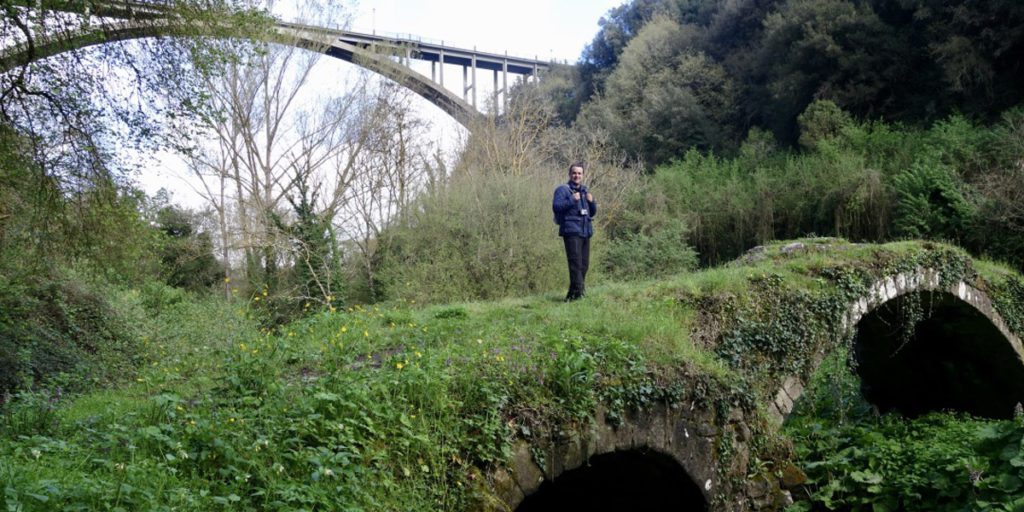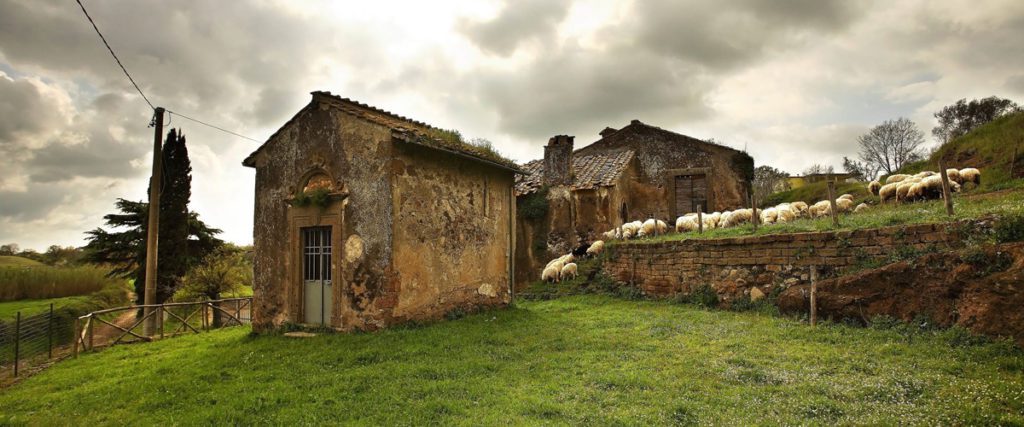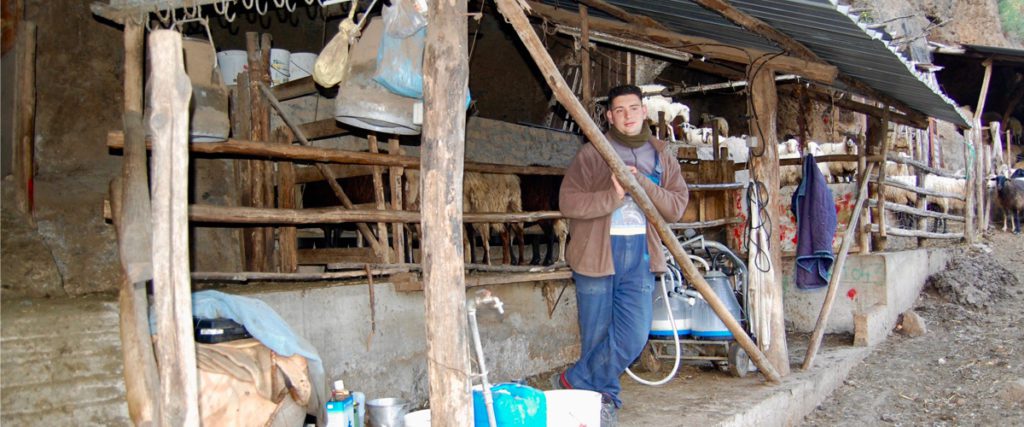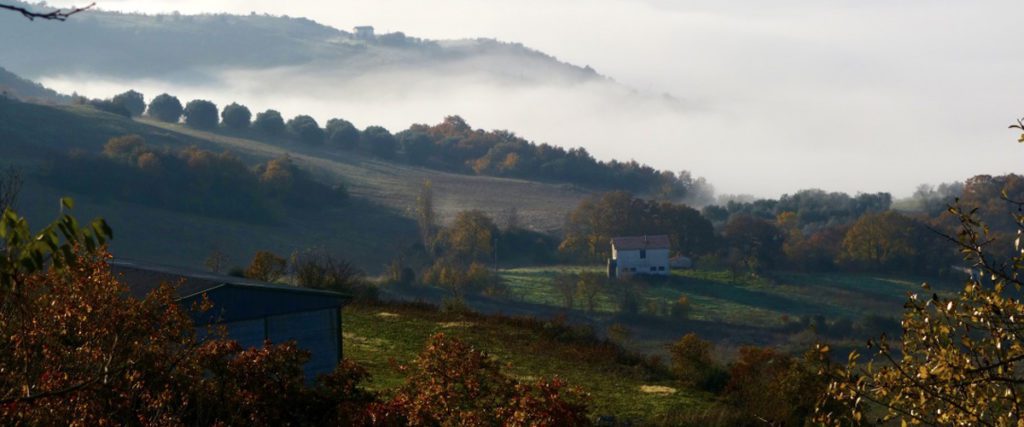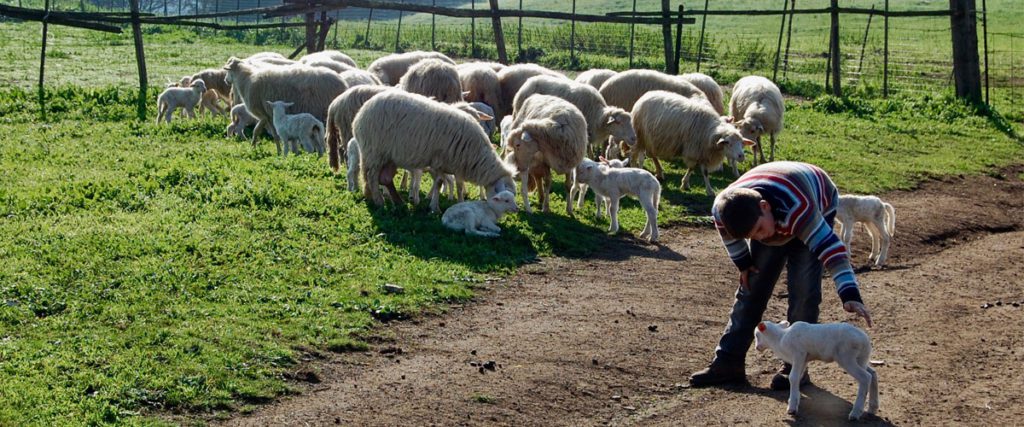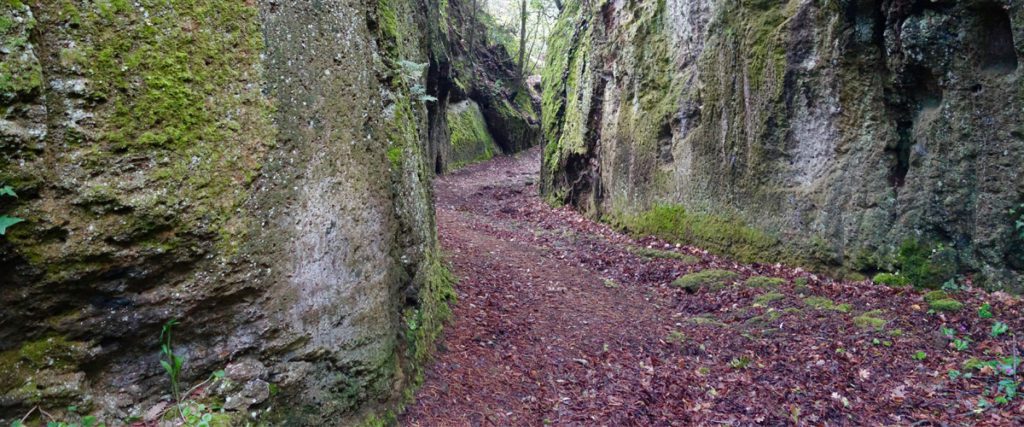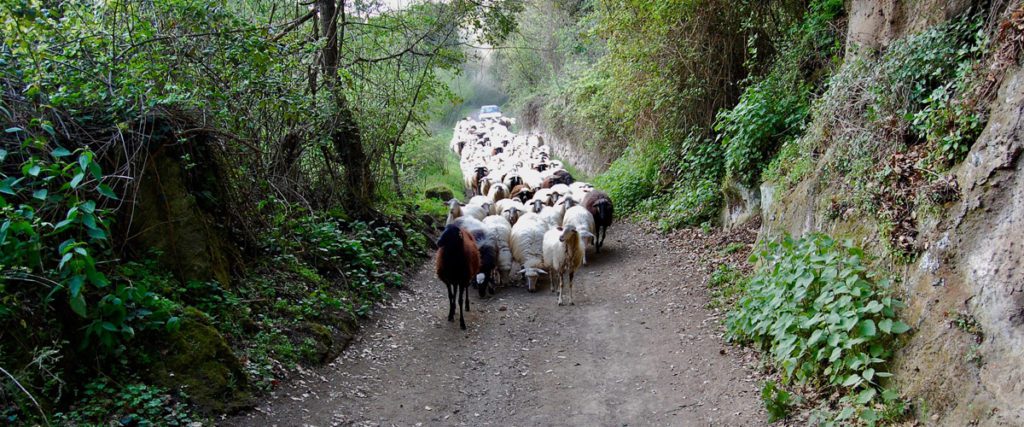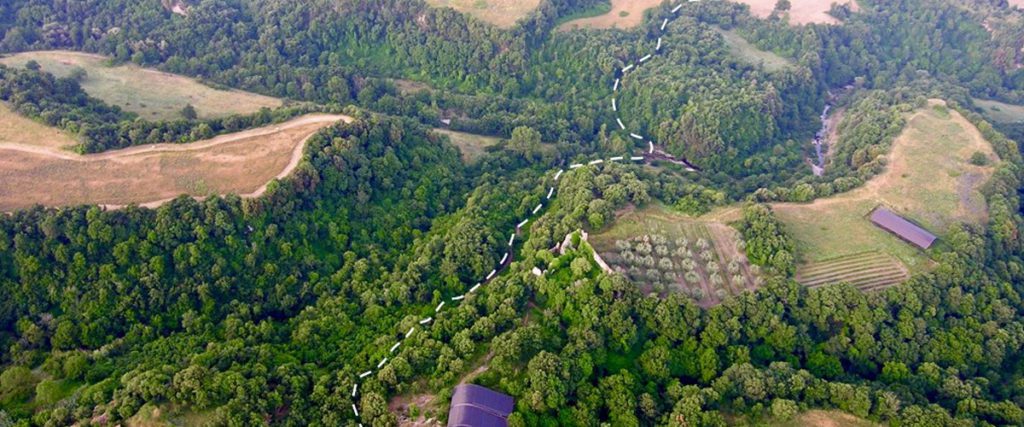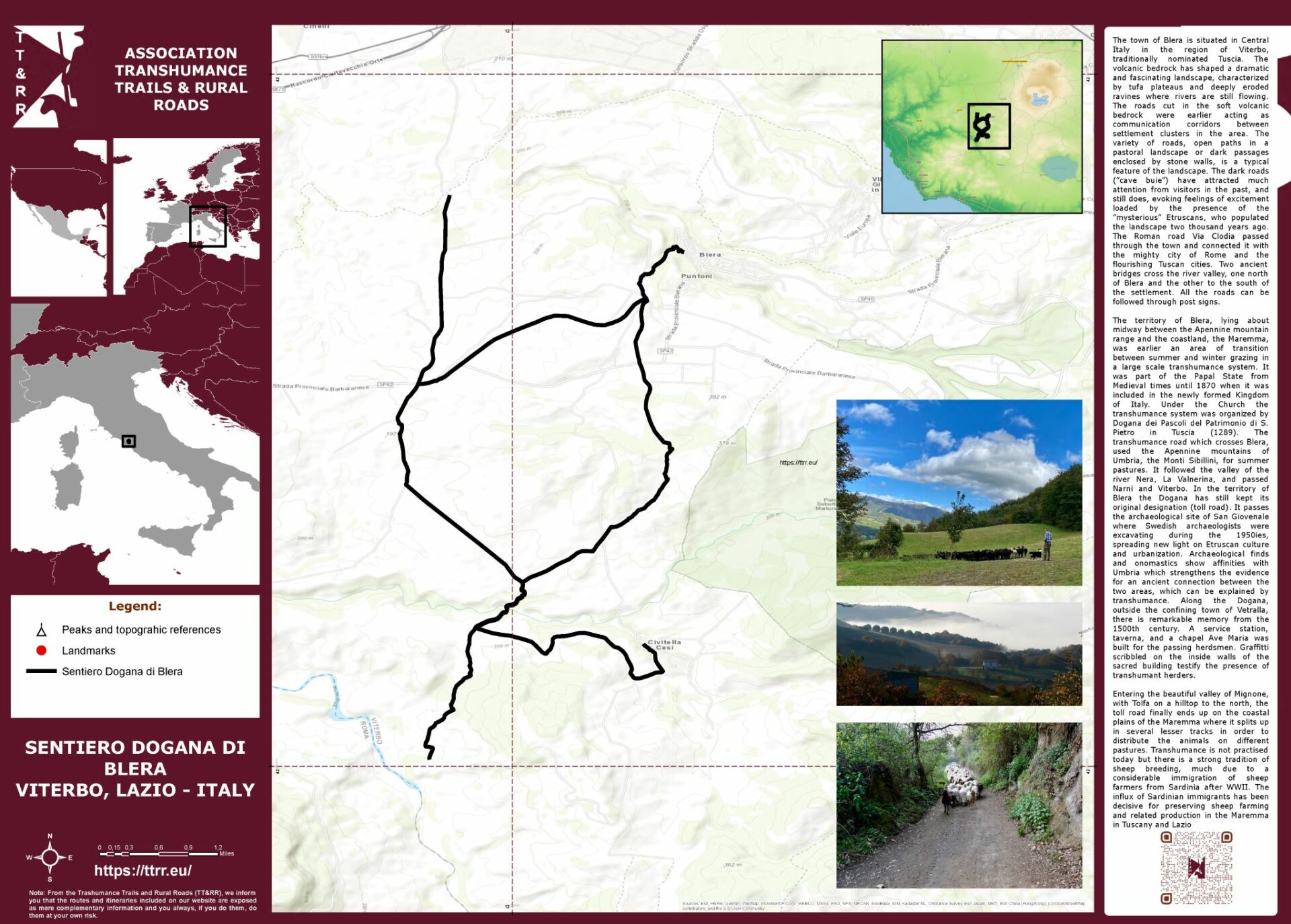Sentiero Dogana di Blera
Photo Gallery
Description
Map
Photo Gallery
Description
Blera: roads, trails, transhumance
The town of Blera is situated in Central Italy in the region of Viterbo, traditionally nominated Tuscia. The volcanic bedrock has shaped a dramatic and fascinating landscape, characterized by tufa plateaus and deeply eroded ravines where rivers are still flowing. The roads cut in the soft volcanic bedrock were earlier acting as communication corridors between settlement clusters in the area. The variety of roads, open paths in a pastoral landscape or dark passages enclosed by stone walls, is a typical feature of the landscape. The dark roads (”cave buie”) have attracted much attention from visitors in the past, and still does, evoking feelings of excitement loaded by the presence of the ”mysterious” Etruscans, who populated the landscape two thousand years ago. The Roman road Via Clodia passed through the town and connected it with the mighty city of Rome and the flourishing Tuscan cities. Two ancient bridges cross the river valley, one north of Blera and the other to the south of the settlement. All the roads can be followed through post signs.
The territory of Blera, lying about midway between the Apennine mountain range and the coastland, the Maremma, was earlier an area of transition between summer and winter grazing in a large scale transhumance system. It was part of the Papal State from Medieval times until 1870 when it was included in the newly formed Kingdom of Italy. Under the Church the transhumance system was organized by Dogana dei Pascoli del Patrimonio di S. Pietro in Tuscia (1289). The transhumance road which crosses Blera, used the Apennine mountains of Umbria, the Monti Sibillini, for summer pastures. It followed the valley of the river Nera, La Valnerina, and passed Narni and Viterbo. In the territory of Blera the Dogana has still kept its original designation (toll road). It passes the archaeological site of San Giovenale where Swedish archaeologists were excavating during the 1950ies, spreading new light on Etruscan culture and urbanization. Archaeological finds and onomastics show affinities with Umbria which strengthens the evidence for an ancient connection between the two areas, which can be explained by transhumance. Along the Dogana, outside the confining town of Vetralla, there is remarkable memory from the 1500th century. A service station, taverna, and a chapel Ave Maria was built for the passing herdsmen. Graffitti scribbled on the inside walls of the sacred building testify the presence of transhumant herders.
Entering the beautiful valley of Mignone, with Tolfa on a hilltop to the north, the toll road finally ends up on the coastal plains of the Maremma where it splits up in several lesser tracks in order to distribute the animals on different pastures. Transhumance is not practised today but there is a strong tradition of sheep breeding, much due to a considerable immigration of sheep farmers from Sardinia after WWII. The influx of Sardinian immigrants has been decisive for preserving sheep farming and related production in the Maremma in Tuscany and Lazio.
Blera is an active and progressive community with a strong sense for the local culture and traditions. Volunteers and grassroot organisations, supported by the local authorities, make considerable contributions. The ancient viability around Blera is now accessible through maps and indicated routes. Members of the association Sentieri per Blera (www.sentieriperblera.it) are regularly clearing the paths and tracks from vegetation. The association of the friends of the Maremma horse (www.amicicavallo.it) organizes excursions, various performances and reenactments related to local traditions. A local museum, Museo del Cavallo, is dedicated to the horse, (www.prolocodiblera.it). It has been nominated after the Swedish King Gustav VI Adolf who participated in the excavation of the Etruscan site San Giovenale, and was elected honorary citizen of Blera. The museum exposes the history of the domestic horse in general and in particular the use of it in agricultural societies. In the small borgo, Civitella Cesi, Antiquitates (www.antiquitates.it) is a didactic centre for young people with an archaeological experimentation centre. The association Antico Presente (www.anticopresente.it) organizes excursions focussing on aspects concerning environment and history.

